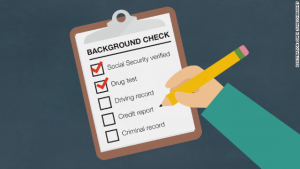Recovering from a flood in Long Beach, or any other disaster, can be an overwhelming and emotionally challenging process. However, with a systematic approach and the right resources, you can gradually reclaim your home and restore it to its pre-flood condition. Here’s a comprehensive guide to Long beach flood clean up to help you navigate through the aftermath:
1. Safety First:
Before starting the Long beach flood clean up process, prioritize safety. Ensure that the electricity and gas supply to your home are turned off to prevent accidents. Wear protective gear such as rubber gloves, boots, and masks to shield yourself from contaminated water and mold.
2. Document the Damage:
Begin by documenting the extent of the damage for insurance purposes. Take photographs and make a detailed list of damaged items. This will aid in the claims process and ensure that you receive the appropriate compensation.
3. Remove Standing Water:
Use pumps, wet-dry vacuums, or buckets to remove standing water from your home. Open doors and windows to facilitate ventilation and accelerate the drying process. The sooner you eliminate excess water, the lower the risk of mold growth and structural damage.
4. Discard Contaminated Items:
Dispose of items that cannot be salvaged, especially those that have been in contact with floodwater. This includes carpets, mattresses, and heavily damaged furniture. Be cautious about potential contaminants in the water, such as bacteria and chemicals.
5. Clean and Disinfect:
Thoroughly clean and disinfect all surfaces that met floodwater. Use a mixture of bleach and water to sanitize walls, floors, and other affected areas. This step is crucial to prevent the growth of mold and eliminate harmful microorganisms.

6. Inspect and Repair:
Inspect your home for structural damage. Check the foundation, walls, and roof for any signs of compromise. Engage professionals if necessary to assess the structural integrity and perform repairs.
7. Address Mold Issues:
Mold can develop rapidly after a flood. Hire professionals to inspect and remediate mold if it has started to grow. Proper ventilation and dehumidification can help prevent future mold issues.
8. Restore Utilities:
Once your home is safe, work with utility companies to restore electricity, gas, and water services. Ensure that these systems are inspected and approved by professionals before use.
9. Seek Emotional Support:
Going through a flood can be emotionally draining. Seek support from friends, family, or counseling services to cope with the stress and anxiety associated with the cleanup process.
10. Plan for Future Prevention:
Implement measures to prevent future flooding, such as elevating appliances and installing sump pumps. Stay informed about local flood risks and be prepared with an emergency plan.








